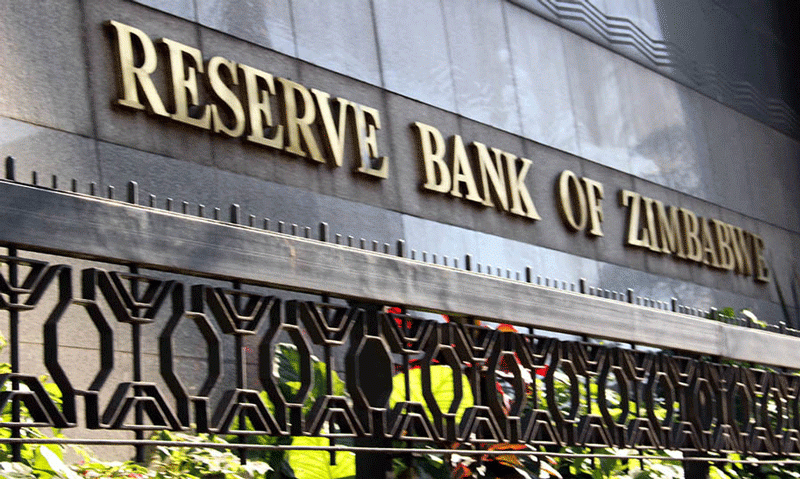
ON February 2, the Reserve Bank of Zimbabwe (RBZ) issued its first monetary policy statement (MPS) for the year 2023.
This comes after a rather challenging 2022 which saw a highly volatile parallel market United States dollar rate in the first half of the year, an ever-increasing backlog of disbursement of successful foreign exchange auction bid, speculative borrowing by corporates taking advantage of lucrative transactions on the parallel market, the abuse of procurement procedures by government contractors who were ultimately found to be the key parallel market foreign exchange traders.
In the latter half of 2022, developments in the international environment did not help with the Russia-Ukraine conflict having a serious negative impact on global trade and inflationary pressures. Locally we experienced power outages of up to 18 hours per day which has seriously affected business.
The various measures taken by policymakers resulted in a somewhat stable parallel market US dollar and a decline in borrowing for speculative purposes.
According to Reserve Bank of Zimbabwe (RBZ) governor John Mangudya, in 2022 the key actions of the RBZ to try and minimise inflationary pressures included:
Increasing interest rates to 200% per annum in order to discourage speculative borrowing. This meant that those companies which were borrowing funds at concessionary rates and then going to the parallel market to buy the US dollar and thus pushing rates up and making a profit could no longer do so;
Rolling out gold coins as retail open market operations instrument and an alternative investment product for the store of value to the US dollar. Companies with excess local currency now have an option to buy gold coins instead of chasing the US dollar in the parallel market;
Liberalising the foreign exchange market to a willing buyer willing seller regime where the banks can market drive own exchange rates. This has resulted in the formal US dollar bank rate in the banking sector closing the gap with the parallel market US dollar rate from as high as 140% to 20% and thereby redirecting buyers back into the formal banking system;
- Mangudya speaks on banks’ stability
- Interview: ‘Allow depositors to make once off withdrawals’
- Mangudya speaks on banks’ stability
- ‘Central Banks’ run auction system elitist’
Keep Reading
Improving foreign currency generation in the economy as shown by the increase in foreign currency receipts to around US$12 billion by end of 2022. This has helped keep US dollar rates more stable by increasing supply in an economy where there is high demand; and
Clearing the foreign exchange auction backlog and thus creating a platform for building reserves and enhancing confidence in the foreign exchange market.
It is at the back of these actions that we must evaluate the latest MPS which seeks to further rein in inflation while stabilising the US dollar rate and also loosening the cost of credit in order to fuel economic recovery.
The latest key policy measures to achieve this include:
Smoothening exchange rate shocks through regular foreign currency sales to banks from the surrender portion of foreign exchange receipts in the outlook period, taking advantage of the reduced foreign currency demand on the auction system from averages of about US$45 million per week at its peak to current levels of below US$20 million per week;
Continue the tight monetary policy stance in sync with expected average inflation to sustain the current stability of inflation and exchange rates;
Reducing the bank policy rate from 200% per annum to 150% per annum and reducing the lending rate on the Medium-term Bank Accommodation Facility for the productive sectors of the economy (including individuals and MSMEs) from 100% per annum to 75% per annum;
Standardising statutory reserve requirements on domestic currency and foreign currency deposits as follows: i) Foreign currency demand and call deposits, 10%; ii) Foreign currency time and savings deposits, 5%; iii) Domestic currency demand and call deposits, 10%; and iv) Domestic currency time deposits, 5%;
Continuing to issue gold coins in the short and medium term until such a time when stability starts to create a high appetite for business and consumers to hold domestic currency-denominated assets. As such, the issuance of both higher and smaller denominations of gold coins will continue as an open-market operation (OMO) instrument and investment instrument for value preservation;
Supporting the willing-buyer-willing-seller (WBWS) foreign currency trading system by availing foreign currency to banks and bureaux de change from the surrender portion of foreign exchange receipts. The foreign currency will be sold to banks and Bureaux de Change through auction on a wholesale basis. The WBWS and the auction system will, thus, continue to complement each other with the WBWS acting as the interbank exchange rate, while the auction system continues as a foreign currency re-distribution mechanism to gauge foreign currency demand in the economy;
Increasing export retention to be standardised at a level of 75% across all sectors of the economy, including firms listed on the Victoria Falls Stock Exchange (VFEX), with effect from February 1 2023; and
Increasing the maximum amount of foreign currency cash and gold coins that may be taken out of Zimbabwe on-person or in the baggage of a person who is leaving Zimbabwe from US$5 000 or its equivalent in any other currency or combination of currencies, to US$10 000 or its equivalent in any other currency or combination of currencies.
It is upon these key policy objectives that RBZ expects inflation to continue its downward trend in 2023 and beyond, however this is hugely dependent on ensuring that government expenditure does not spike given the looming 2023 elections, a solution is found for the crippling power cuts and the parallel market US dollar rate remains stable.
The RBZ anticipates containing the month-on-month inflation below 3% for the next six months of 2023 and reducing it further to historical month-on-month averages of less than 2% thereafter. This trajectory will hopefully see annual inflation falling below 40% at the end of 2023 and to single-digit levels by March 2024.
This is of course all dependent on lack of both internal and exogenous shocks to the economy.











